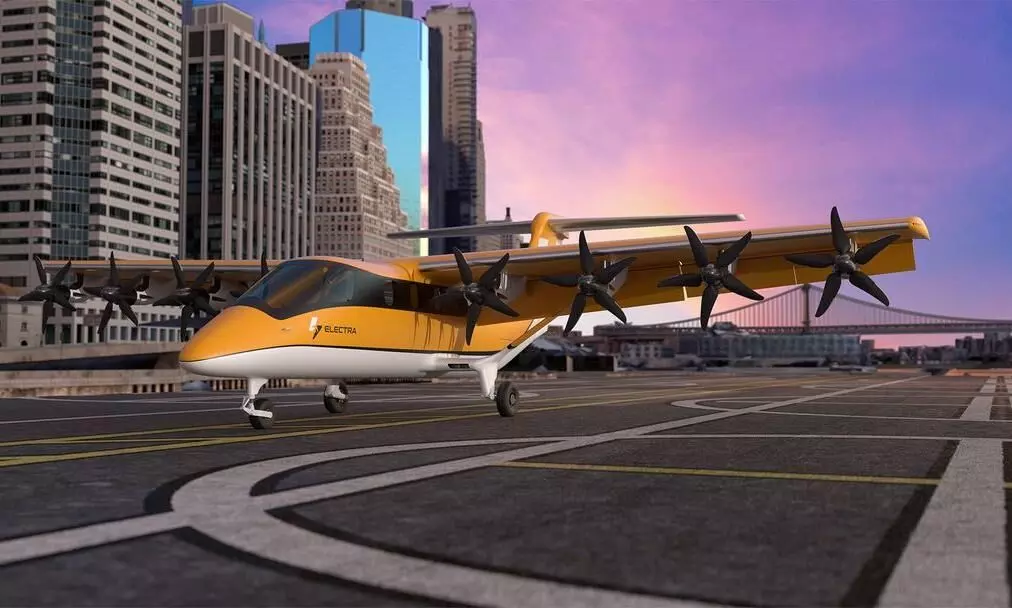
EL9 hybrid-electric aircraft revolutionises passenger & cargo travel
Electra has unveiled its nine-passenger aircraft designed for ultra-short takeoffs and landings.

Electra has unveiled the design of its EL9 Ultra Short hybrid-electric aircraft, a game-changer for regional air travel that can transport both passengers and cargo. The nine-passenger aircraft is designed for ultra-short takeoffs and landings, requiring only a soccer field-sized space, making it ideal for small regional airports or unconventional sites. This innovative design unlocks thousands of new locations for direct air service, providing seamless point-to-point regional connectivity.
The EL9 aircraft boasts a hybrid-electric propulsion system with blown lift technology, enabling it to operate with significantly lower emissions and noise than conventional planes. The aircraft's power system also provides extended range and inflight battery recharging, eliminating the need for ground charging stations.
Marc Allen, CEO of Electra, said, “This aircraft is more than a new design—it's the gateway to a cleaner, quieter, and more affordable future for regional travel. With the EL9, we're not just making sustainable aviation a reality; we’re redefining how people and cargo move through Direct Aviation, a new category of safe and seamless travel that brings air mobility closer to where we live, work, and play.”
The EL9 combines blown lift technology with distributed electric propulsion, enabling it to take off and land in as short as 150 feet and cruise at 175 knots.
With a range of 330 nautical miles and a maximum ferry range of 1,100 nautical miles, the EL9 is poised to revolutionise regional air travel. The aircraft will be certified for instrument flight rules (IFR) and flight into known icing conditions. Electra has already received over 2,100 orders for the EL9 from 52 operators worldwide, representing a market value of over $8 billion. The EL9 is expected to enter service in 2029.

